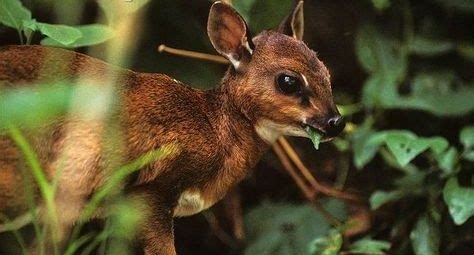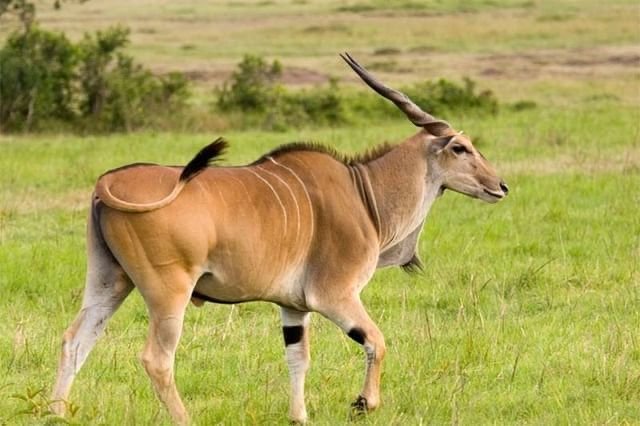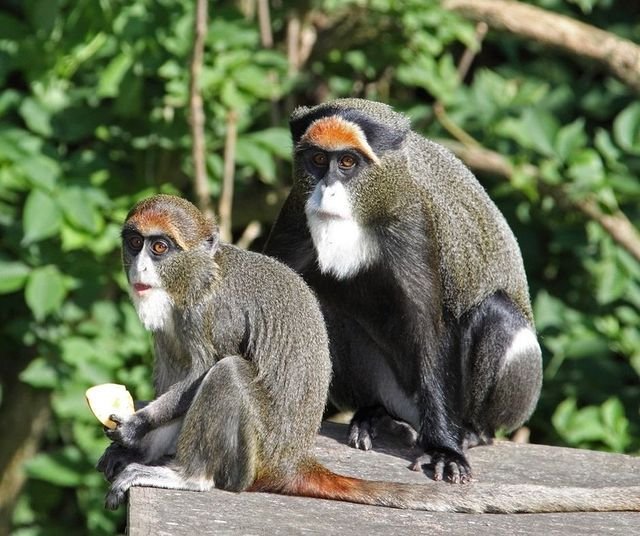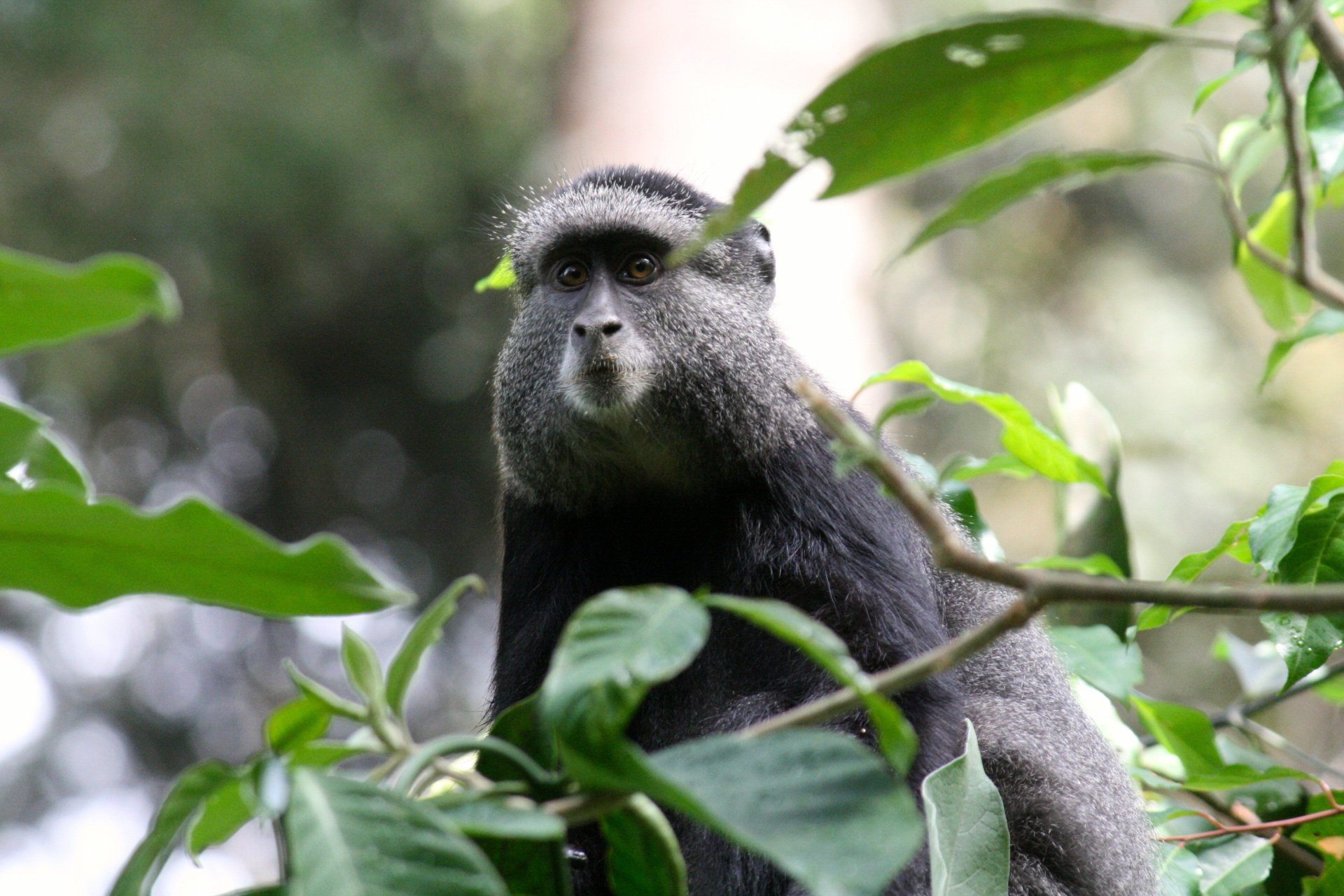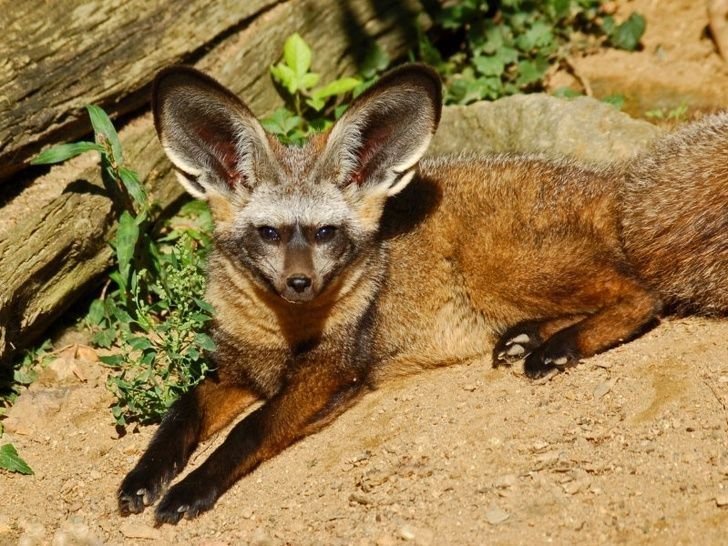The bushbuck
Bushbuck are primarily nocturnal, but they may be active at twilight or dawn. They come out at night to graze in more open areas, but they never leave shelter. They are excellent swimmers.
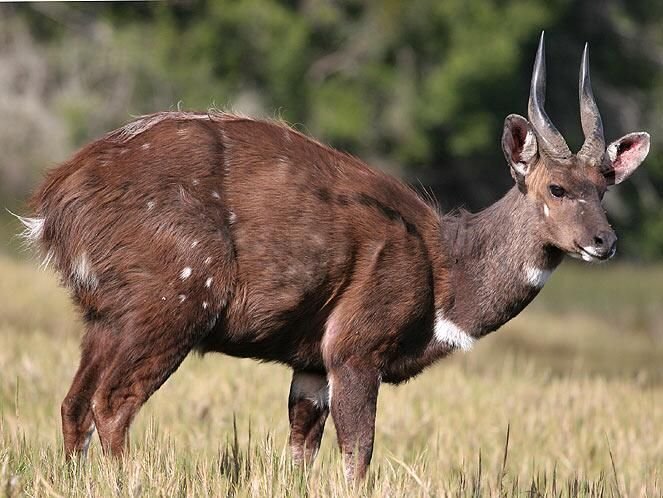
The bushbuck antelope is a well-known Uganda safari animal that is found throughout Sub-Saharan Africa. It thrives in montane forests, rain forests, forest savannah mosaics, woodlands, and bush savannah forests.
Bushbucks are often smaller than other tragelaphines and have a ground colour that is primarily red or yellow-brown. According to Moodley et al., although bushbuck with stripping occurs across the range, males in the West African population are more frequently striped than those in East or Southern Africa.
What is a bushbuck?
The bushbuck is an antelope with geometrically formed white patches or spots on its most movable body parts, which include the ears, chin, tail, legs, and neck. Male bushbucks have horns that grow straight back and are between 10 and 20 inches long. At 10 months, young males produce severely twisted horns that, when mature, form the first loop of a spiral. Females are often lighter brown in colour than males.
Quick facts
|
SCIENTIFIC NAME |
TRAGELAPHUS |
|
WEIGHT |
25 TO 80 KILOGRAMS (55 TO 180 POUNDS) |
|
SIZE |
.5 TO 1 METER TALL (25 TO 40 INCHES) |
|
LIFE SPAN |
ABOUT 15 YEARS IN CAPTIVITY. NO DATA FOR IN THE WILD. |
|
HABITAT |
WHEREVER THERE IS ADEQUATE COVER — TYPICALLY FOUND IN FOREST EDGES OR BRUSHY COVER NEAR RIVERS AND STREAMS. |
|
DIET |
HERBIVOROUS |
|
GESTATION |
ABOUT 6 MONTHS |
|
PREDATORS |
HUMANS AND ANY LARGE CARNIVORE, MOSTLY LEOPARDS |
|
NATIVE TO |
40 AFRICAN COUNTRIES |
|
POPULATION OF |
1.3 MILLION ESTIMATED |
|
HORNS BEGIN TO GROW AT |
10 MONTHS OLD |
Bushbuck behaviour
Relationship commitments are not made by bushbucks. They are the loneliest and least social of the African antelopes. Except for a mother and her most recent offspring, most group affiliations are brief, lasting only a few hours or days. Small home ranges for these antelopes may overlap with those for other bushbucks. Even still, there is still little interaction because grownups prefer to be alone in their own spaces. Adult males typically make an effort to avoid coming into contact with one another. Although they are not territorial, they will protect a territory where a female is in heat.
Bushbuck females will go to tremendous efforts to conceal their young. The mother cleans and conceals the new born calf after giving birth. She consumes its faeces when she arrives and suckles it, ensuring that no fragrance is left behind to attract predators. Before it is about four months old, the young calf does not stay with its mother for extended periods of time during the day. When playing, a female and her calf frequently chase each other around in circles.
They don't engage in conflict. In places where they are likely to be distributed often during the day, bushbucks go from being mostly active in the early morning and part of the night to becoming virtually totally nocturnal. People respond in a variety of ways when scared. They might freeze in place and remain motionless if they are in a forest or dense vegetation so that their colouring can conceal them. They occasionally fall to the ground and lie flat, or they might bind away while barking hoarsely. When startled in the open, they occasionally remain stationary or move slowly toward the closest shelter.
The diet of a bushbuck
These herbivores explore for food; they consume herbs as well as the leaves, twigs, and flowers of numerous plant species. Even while they will consume a wide range of plant species when hungry, they seem to be relatively picky when eating certain plants, favouring sausage trees and knobbly creepers. They will occasionally consume new grass as well.
Bushbucks may survive on dew if there is a lack of water. They can survive on dew if required, but they do need some water. Varieties of habitats have different food sources, with leguminous bushes and herbs making up the majority of the diet. They may also consume grass, acacia pods, fallen fruit, tubers, bark, and flowers.
What's Your Reaction?
 Like
0
Like
0
 Dislike
0
Dislike
0
 Love
0
Love
0
 Funny
0
Funny
0
 Angry
0
Angry
0
 Sad
0
Sad
0
 Wow
0
Wow
0





























































